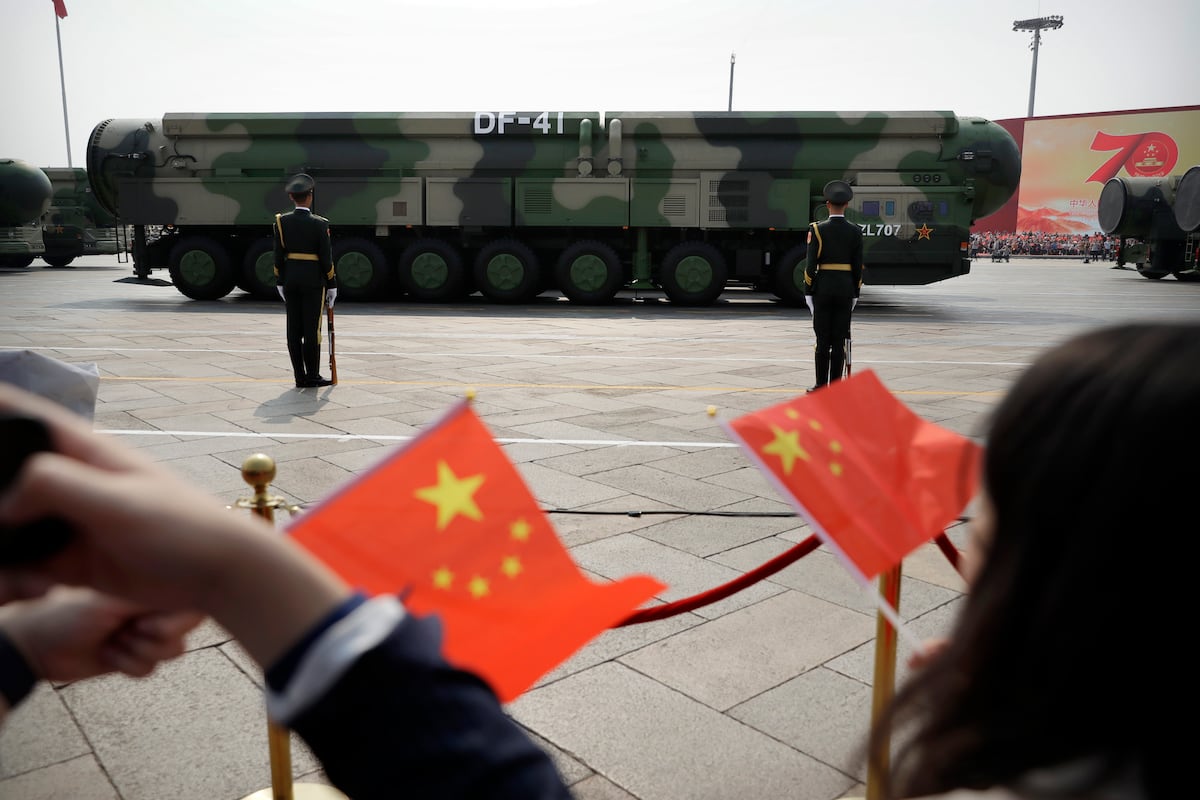Expanding the Role of the U.S. Army in Homeland Defense
Enhanced Threat Landscape
The U.S. Army is set to broaden its mission in protecting the homeland, evolving its focus from primarily countering intercontinental ballistic missiles (ICBMs) to engaging a diverse array of emerging threats, including drones, cruise missiles, and hypersonic weapons. According to Lt. Gen. Sean Gainey, commander of the Army Space and Missile Defense Command (SMDC), this expansion reflects an adaptive strategy to meet the challenges posed by modern warfare.
Current Framework and Responsibilities
Presently, the Army’s 100th Missile Defense Brigade oversees command-and-control operations for the Ground-Based Midcourse Defense (GMD) system, designed to intercept ICBMs originating from adversaries such as North Korea and Iran. The GMD system incorporates 44 ground-based interceptors stationed at Fort Greeley, Alaska, and Vandenberg Space Force Base, California.
- Composition of the Brigade: Primarily staffed by National Guardsmen, the 100th Missile Defense Brigade also includes active-duty soldiers, highlighting a blend of experience and readiness.
As the Department of Defense refines the architecture of President Trump’s ambitious Golden Dome initiative for homeland missile defense, the Army is actively developing capabilities aimed at neutralizing cruise missiles and a range of drone technologies, including those capable of executing coordinated swarm attacks.
Strategic Developments in Guam
Furthermore, the Army is leading the procurement of systems integral to the air and missile defense framework currently under development for Guam. Notable components of this initiative include:
- Patriot Air and Missile Defense System: A longstanding workhorse in missile defense.
- Next-Gen Missile Defense Radar: Recently approved for low-rate production to enhance detection and tracking capabilities.
- Indirect Fire Protection Capability (IFPC): Designed to defend against an array of threats, including cruise missiles, drones, rockets, artillery, and mortars.
Structural Realignment and Enhanced Coordination
With the intention of centralizing air and missile defense efforts, the Army will transition to serve as the service component command for all air-and-missile defense operations. This restructuring will bring the Continental United States-based Army Air and Missile Defense Commands (AAMDCs) under the auspices of SMDC.
Lt. Gen. Gainey emphasized that this realignment will facilitate improved synergy and mission optimization across the various AAMDC units, thereby enhancing overall effectiveness in homeland defense operations.
Shifts in Defense Strategies
Gainey, who also leads the Joint Functional Component Command for Integrated Air and Missile Defense (JFCC IAMD), indicates that his organization is preparing for a more engaged role in homeland defense. Currently, JFCC IAMD is tasked with evaluating new missile capabilities, fostering multinational cooperation in missile defense, and conducting joint training exercises. However, it will soon pivot to support SMDC’s homeland defense initiatives more directly.
The forthcoming Army Space and Missile Defense Strategy, scheduled for release within the next three months, will encapsulate these strategic changes. This document will delineate the Army’s response to evolving threats such as drone warfare and the application of artificial intelligence to optimize operational capabilities.
Key Focus Areas:
- Missile Defeat: The strategy will emphasize measures that extend beyond conventional interceptor-based defense mechanisms.
- Complex Threat Mitigation: This approach acknowledges that increasing numbers of threats necessitate a more integrated response rather than a simple interception model.
A Vision for the Future
As the Army prepares to transition from a GMD-centric approach to a comprehensive air and missile defense strategy, Lt. Gen. Gainey expressed optimism about the opportunities this expanded mission presents. The shift to a more holistic view of homeland defense marks a significant evolution in the Army’s operational philosophy, ultimately positioning it to better safeguard the United States against a variety of advanced threats.
This proactive stance reflects a broader acknowledgment within the military community that traditional defense paradigms are inadequate in addressing the complexities of modern warfare, thereby ensuring that the U.S. remains prepared for any challenge that arises on the horizon.





